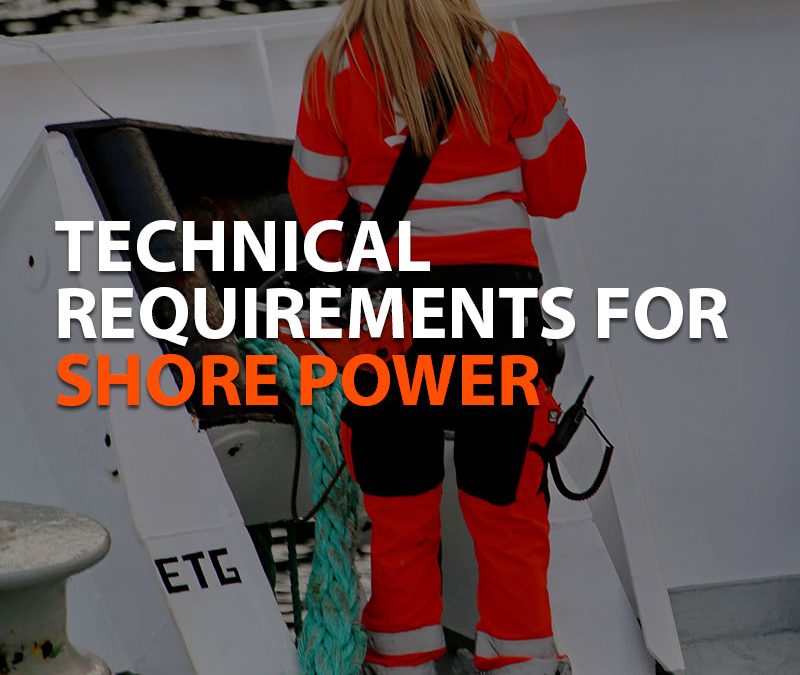Although on shore power connections have become a reality in some ports around the world, there is still a long way to go to achieve the sustainability benefits that this system provides.
Standardization in ships and ports is one of the challenges to overcome and the European Union takes this into account when recommending its implementation. For this reason, it recommends that member states encourage investment in these systems, as is the case of the port of Tenerife, Spain, where shipping companies that connect to the electricity grid receive direct subsidies.
Obtaining these subsidies goes through a series of requirements that must be met by both ports and ships.
Technical requirements for a typical configuration:
- A connection to the national grid carrying 20-100 kV electricity from a local substation, where it is transformed to 6-20 kV.
- Cables to deliver the 6-20 kV power from the sub-station to the port terminal.
- Power conversion, where necessary. (Electricity supply in the Community generally has a frequency of 50 Hz. A ship designed for 60 Hz electricity might be able to use 50 Hz electricity for some equipment, such as domestic lighting and heating, but not for motor driven equipment such as pumps, winches and cranes. Therefore, a ship using 60 Hz electricity would require 50 Hz electricity to be converted to 60 Hz).
- Cables to distribute electricity to the terminal. These might be installed underground within existing or new conduits.
- A cable reel system, to avoid handling of high voltage cables. This might be built on the berth supporting a cable reel, davit and frame. The davit and frame could be used to raise and lower the cables to the vessel. The cable reel and frame could be electro-mechanically powered and controlled.
- A socket onboard the vessel for the connecting cable.
- A transformer on board the vessel to transform the high voltage electricity to 400 V.
- The electricity is distributed around the ship, and the auxiliary engines switched off.
TEC Container offers solutions regarding cable management with fixed and mobile units. You can read more about this topic on our main website teccontainer.com





